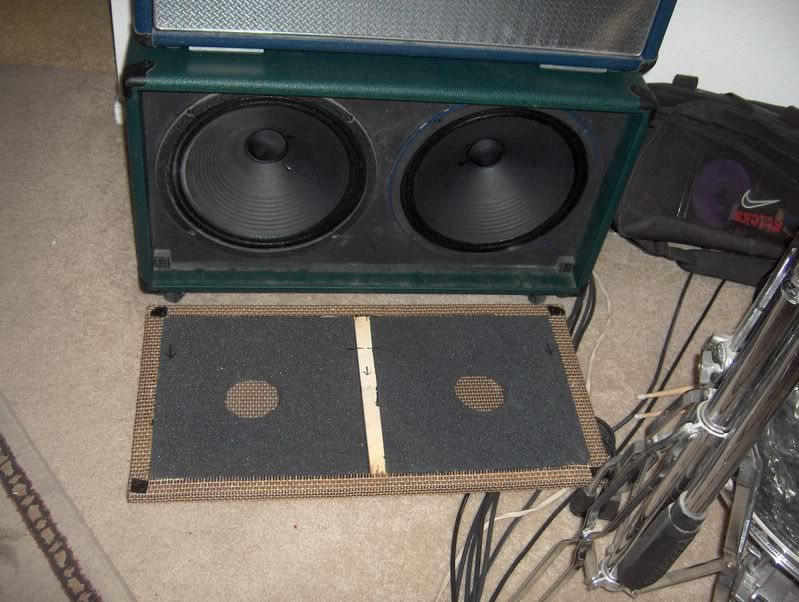gregrjones
Well-known member
- Joined
- Aug 15, 2007
- Messages
- 63
- Reaction score
- 0
My LSC is a 1x12 combo. I had been perplexed at the fact that the amp sounds great in my bedroom but when I play at my church, it doesn't sound as great on the platform. Now, I understand that volume levels effect tone tweaks, however I keep the master volume at the same level for gigs as I do in my bedroom because my sound guys are shooting for a low stage volume.
The difference is that when I'm playing out, I have the amp on a stand where the amp is angled straight to my ears. I noticed this effect today in my bedroom. The amp sounded great, with a balanced tone until I lowered my stance to get my ears down where the mic will normally sit in front of the speaker. Then I heard the amp's treble way out of whack.
So now I'm EQ'ing the amp with less treble when gigging so that the PA mic will get a more balanced tone.
Would the Weber Beam blockers help mitigate this effect?
The difference is that when I'm playing out, I have the amp on a stand where the amp is angled straight to my ears. I noticed this effect today in my bedroom. The amp sounded great, with a balanced tone until I lowered my stance to get my ears down where the mic will normally sit in front of the speaker. Then I heard the amp's treble way out of whack.
So now I'm EQ'ing the amp with less treble when gigging so that the PA mic will get a more balanced tone.
Would the Weber Beam blockers help mitigate this effect?




